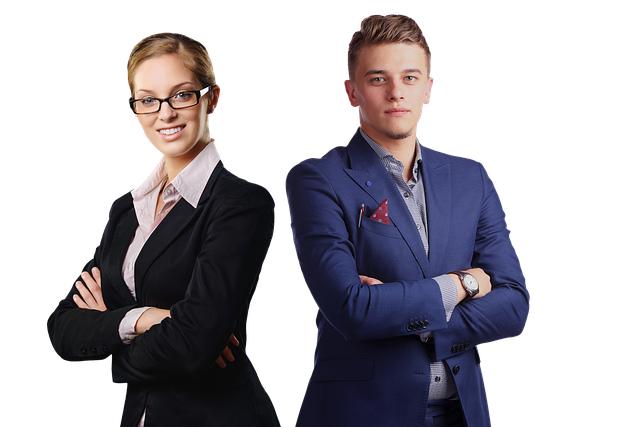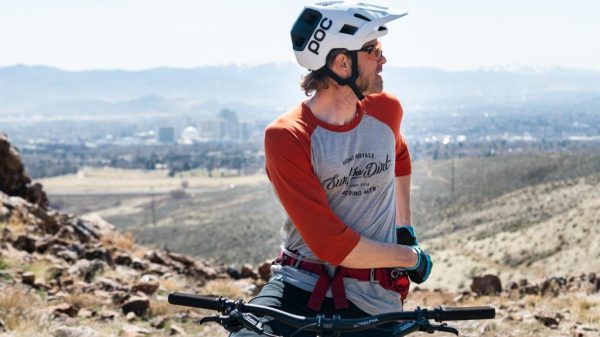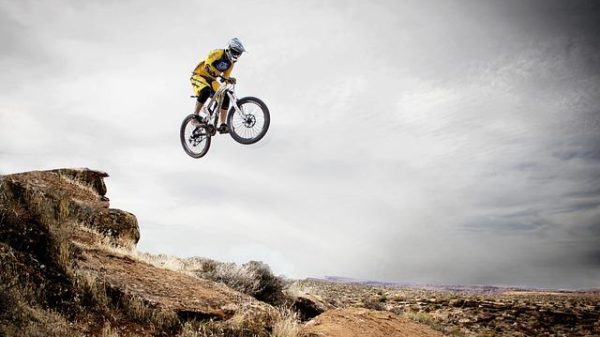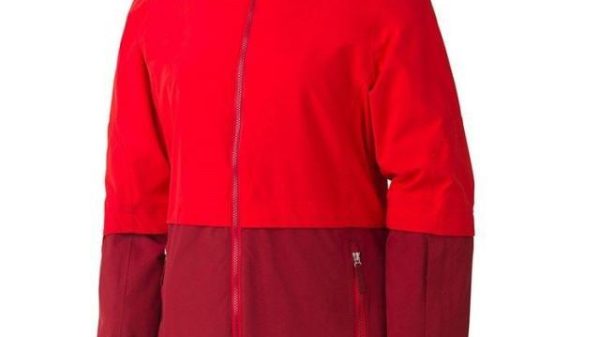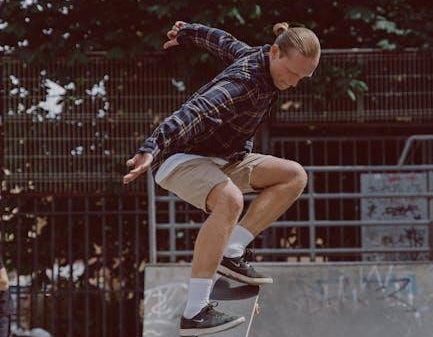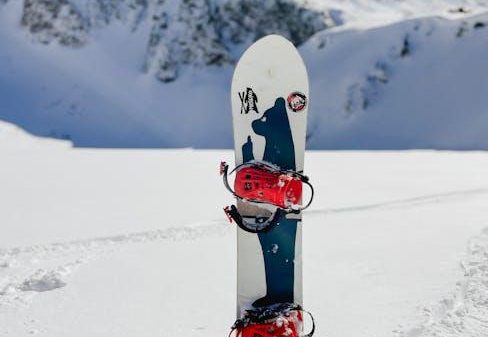In recent years, the discourse surrounding gender equality has permeated various sectors of society, with extreme sports emerging as a particularly contentious arena. Traditionally dominated by male athletes, sports such as surfing, skateboarding, and snowboarding are undergoing a profound transformation as female competitors challenge historical norms and demand equal recognition. This shift has ignited a robust debate over the structural barriers, media representation, and financial disparities that continue to hinder gender parity within these high-adrenaline disciplines. As the extreme sports community grapples with these complex issues, it is imperative to dissect the underlying factors contributing to this gender divide and to evaluate the progress being made towards a more inclusive future. This article seeks to provide a comprehensive analysis of the current state of gender equality in extreme sports, examining both the advancements achieved and the obstacles that persist.
Challenges Faced by Female Athletes in Extreme Sports
In the high-octane world of extreme sports, female athletes often encounter a unique set of challenges that test not only their physical prowess but also their mental fortitude. Despite making significant strides in various sports, women continue to face obstacles that are deeply rooted in societal norms and industry practices. Sponsorship inequality remains a pervasive issue, as female athletes frequently receive less financial backing compared to their male counterparts. This lack of support can hinder their ability to train, compete, and gain visibility on global platforms.
Moreover, media representation plays a crucial role in shaping public perception and influencing the opportunities available to female athletes. Unfortunately, the media often prioritizes coverage of male-dominated events, leading to a disparity in the recognition of female achievements. This skewed representation can perpetuate stereotypes and limit the growth of women’s participation in extreme sports. The challenges are further compounded by gender bias in coaching and mentorship, where female athletes may struggle to find role models or receive equitable guidance. Addressing these issues requires a concerted effort from all stakeholders to create a more inclusive and supportive environment for women in extreme sports.
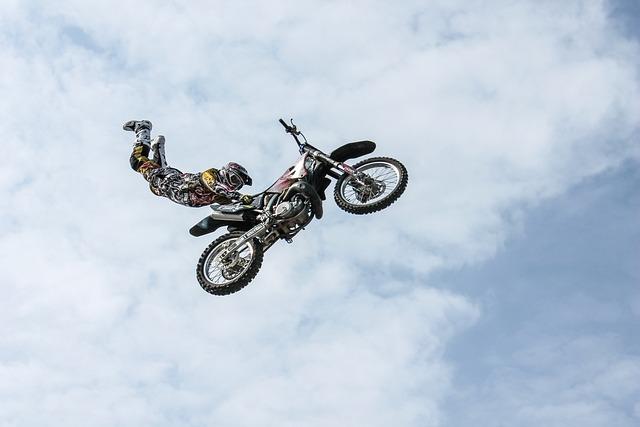
Analyzing Gender Bias and Its Impact on Performance and Opportunities
In the world of extreme sports, gender bias manifests in subtle yet impactful ways that affect both performance and opportunities for athletes. Research indicates that the portrayal of male and female athletes in media often emphasizes gender stereotypes, which can perpetuate unequal perceptions and expectations. This disparity is not just limited to media representation; it extends to sponsorship deals and prize money allocations. Female athletes frequently receive less financial support and media coverage, which in turn affects their visibility and marketability. This imbalance can lead to a vicious cycle where fewer opportunities are available for women to showcase their skills on the same platforms as their male counterparts.
Moreover, gender bias in extreme sports is not just about unequal financial and media representation. It also involves the psychological impact on athletes. Common challenges include:
– Limited access to training facilities and professional coaching
– Preconceived notions of gender-appropriate sports
– Underrepresentation in leadership roles within sports organizations
Addressing these issues requires a multifaceted approach, including policy changes within sporting organizations, increased media focus on female athletes, and a cultural shift towards recognizing and valuing the achievements of women in extreme sports. Only by confronting these biases head-on can we hope to create an environment where all athletes have the opportunity to excel based on merit and ability, rather than gender.
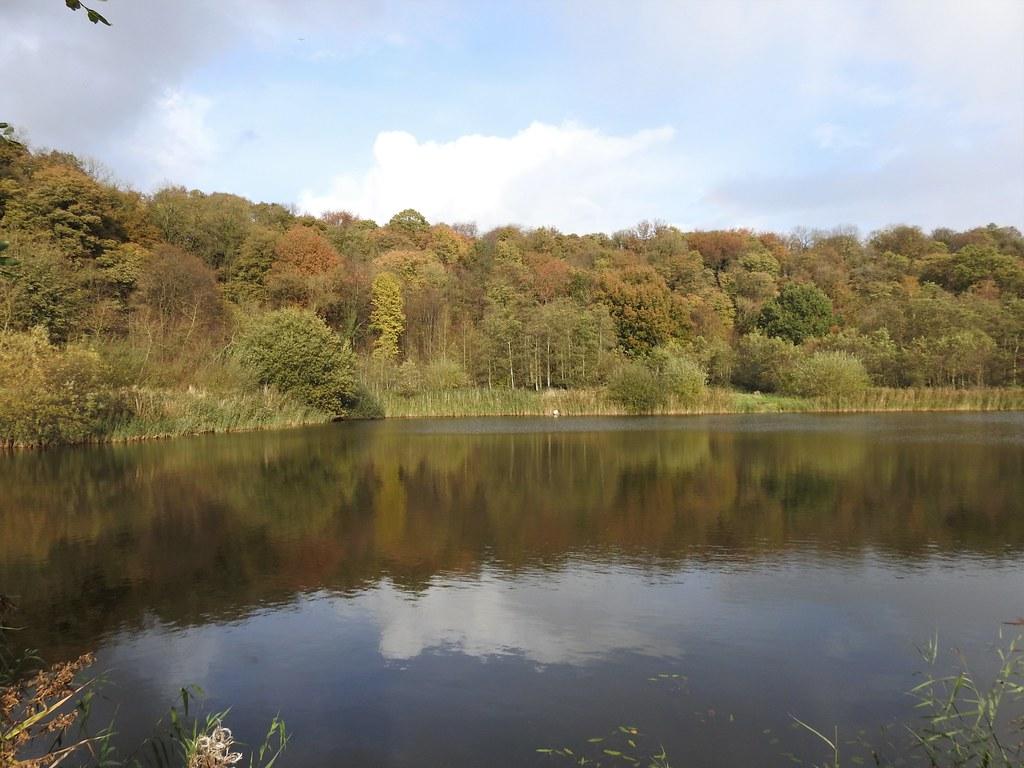
The Role of Sponsorship and Media Representation in Promoting Equality
The intersection of sponsorship and media representation plays a pivotal role in shaping the landscape of gender equality within extreme sports. Sponsorships serve as the financial backbone that enables athletes to pursue their careers, yet there exists a marked disparity in the support offered to male and female athletes. Female athletes often receive fewer sponsorship opportunities, and when they do, the terms are frequently less favorable compared to their male counterparts. This imbalance not only limits the visibility and reach of female athletes but also perpetuates a cycle where fewer women can afford to compete at the highest levels.
Moreover, media representation significantly influences public perception and interest in women’s extreme sports. Historically, media coverage has favored male athletes, with women’s events receiving less airtime and fewer resources. This disparity in representation leads to a lack of role models for aspiring female athletes and contributes to the ongoing underestimation of women’s capabilities in extreme sports. To address these issues, there must be a concerted effort to:
- Ensure equitable sponsorship deals for all athletes, regardless of gender.
- Provide balanced media coverage that highlights the achievements of female athletes.
- Promote narratives that challenge stereotypes and celebrate diversity in extreme sports.
By tackling these elements, the industry can move towards a more inclusive and equitable future.
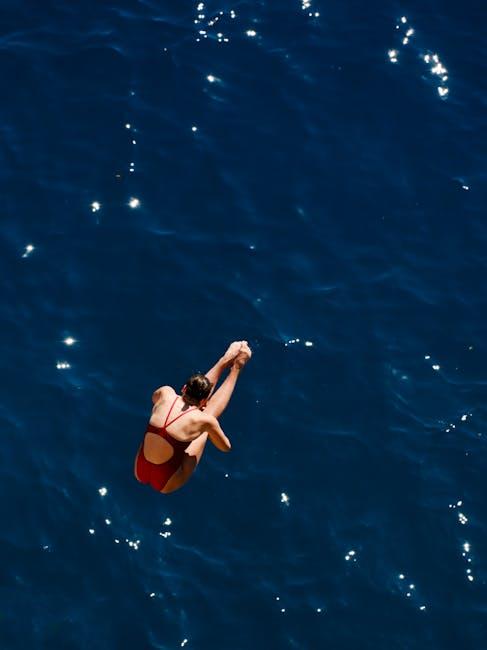
Strategic Recommendations for Achieving Gender Parity in Extreme Sports
To foster gender parity in extreme sports, strategic interventions must address both systemic and cultural barriers. Increased visibility and representation are pivotal; organizations and media outlets should prioritize showcasing female athletes, ensuring equal coverage and highlighting their achievements. This can be supported by creating dedicated platforms or sections that celebrate women in extreme sports, thereby inspiring the next generation.
- Investment in Training Programs: Establish scholarships and funding opportunities for female athletes to access high-quality training facilities and coaching.
- Inclusive Sponsorship Opportunities: Encourage brands to commit to gender-balanced sponsorships, offering equal financial backing and promotional efforts.
- Policy Implementation: Enforce policies that mandate equal prize money and opportunities for competition across genders.
- Community Engagement: Foster inclusive community environments where female athletes can network, mentor, and support each other.
Addressing these key areas can dismantle the traditional gender barriers, paving the way for a more equitable future in extreme sports. By championing these strategic initiatives, stakeholders can ensure that the conversation around gender parity transitions from debate to action.
